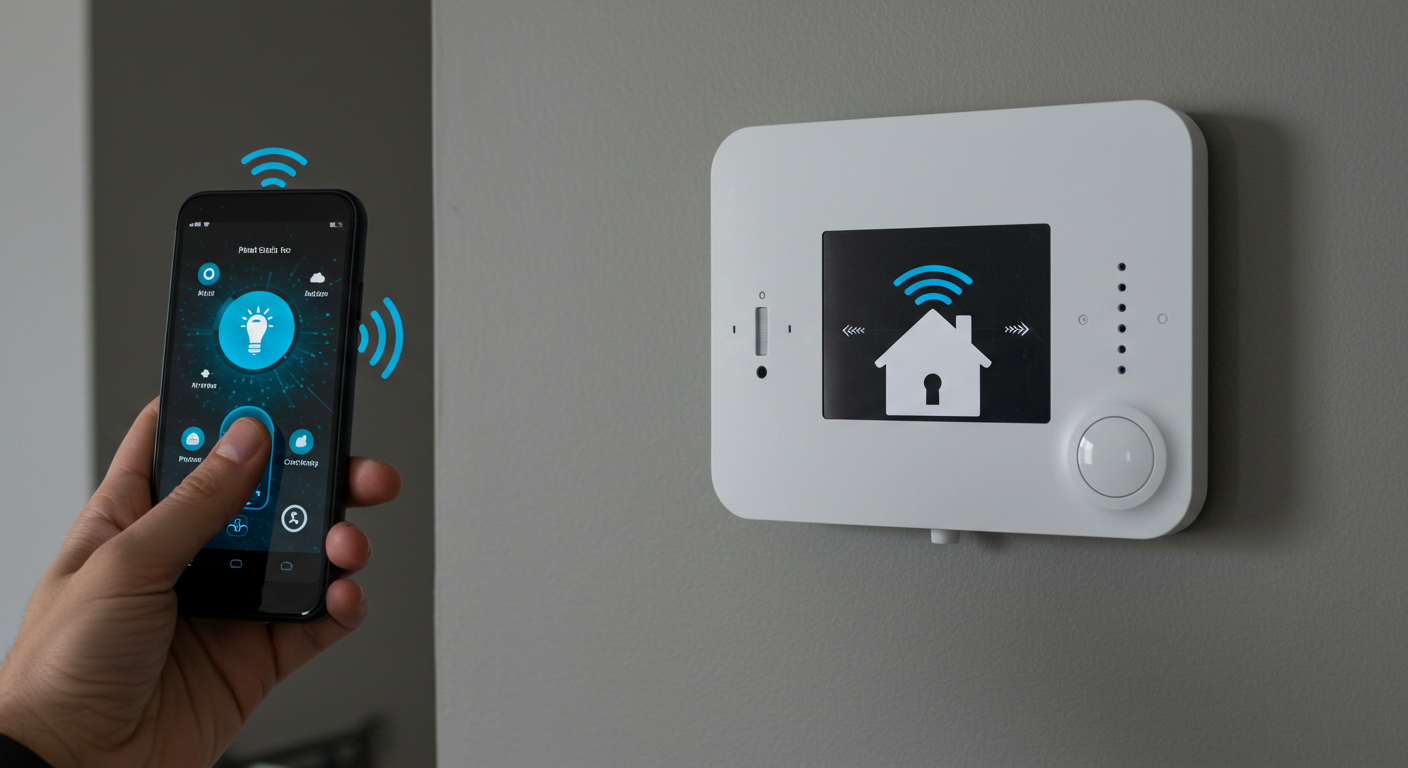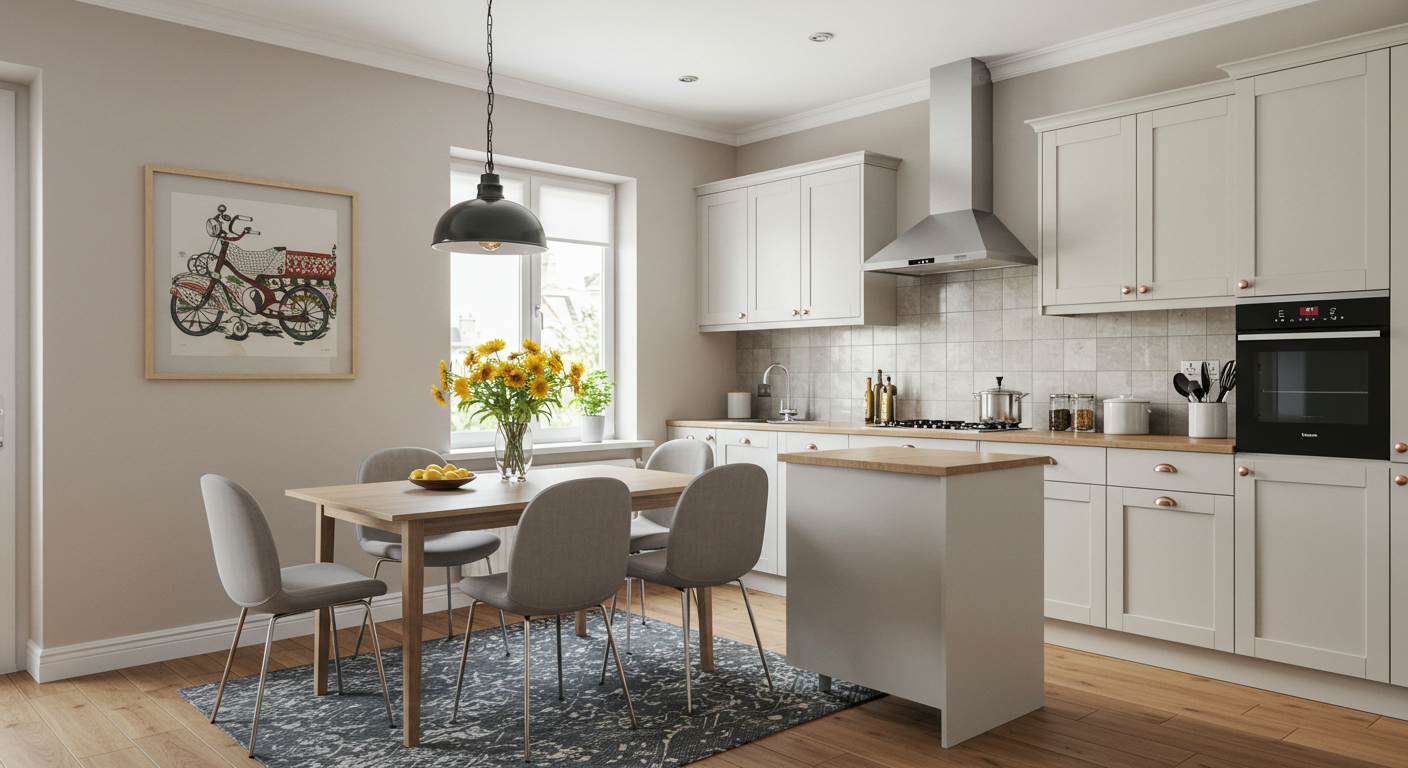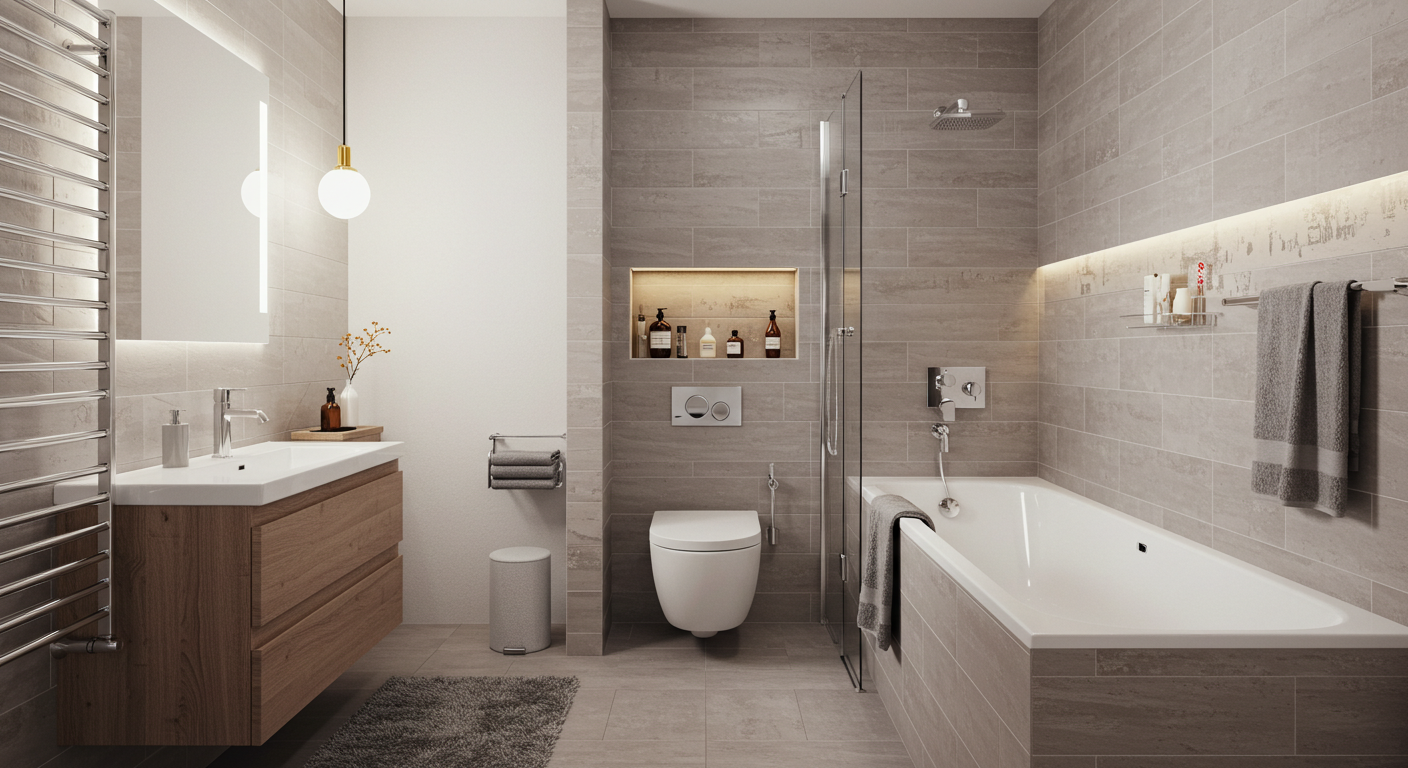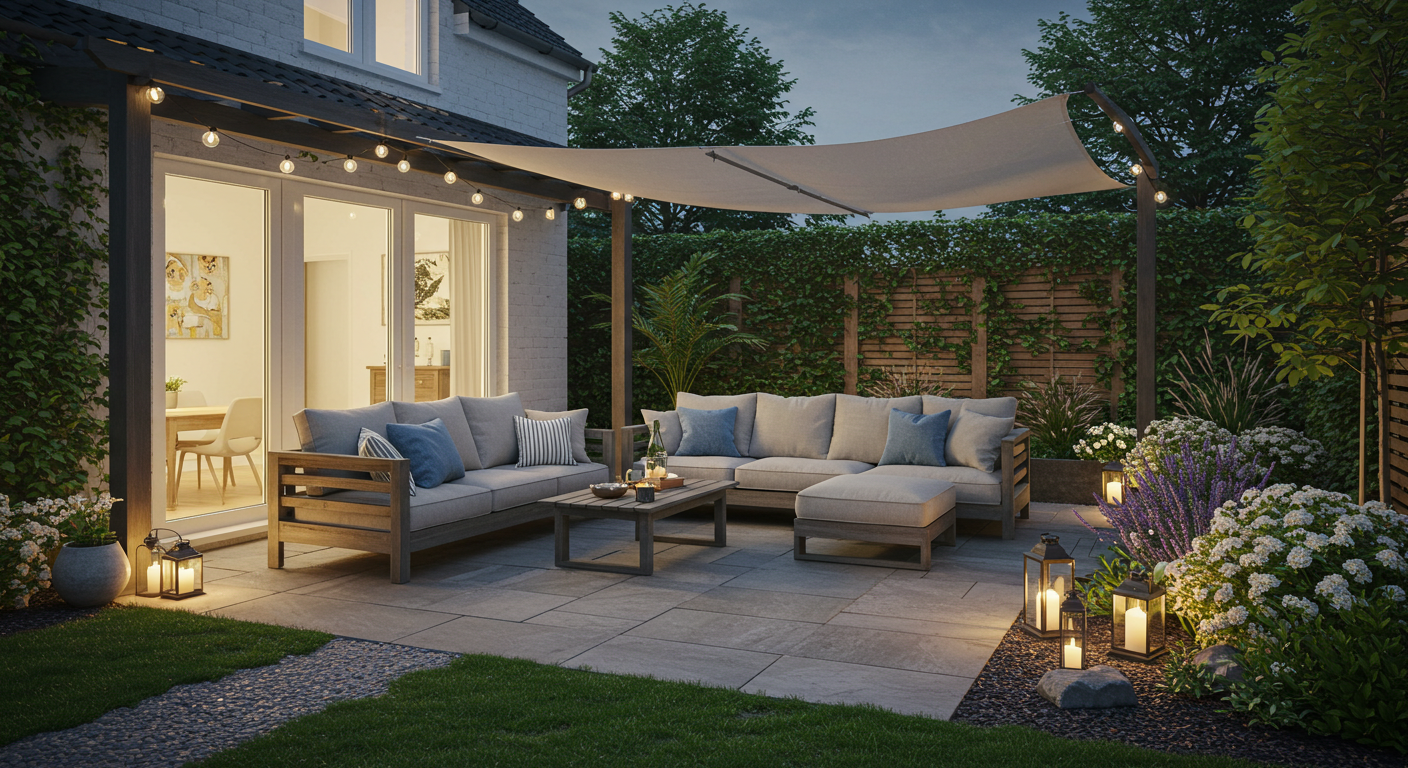Sustainable Materials and Energy-Saving Tips for a Greener Home

Creating an eco-friendly home starts with choosing the right materials and making energy-conscious decisions. Sustainable materials like bamboo, reclaimed wood, cork, recycled metal, and low-VOC (volatile organic compound) paints not only reduce environmental impact but also create healthier indoor air quality. These materials are durable, biodegradable, and often sourced ethically.
In addition to choosing green materials, energy-saving habits play a critical role. Switch to LED lighting, unplug idle electronics, and install smart thermostats to reduce power consumption. Consider using solar panels, insulating your home properly, and installing energy-efficient windows and doors to maintain temperature and lower utility bills.
Water conservation also complements energy efficiency. Low-flow fixtures, rainwater harvesting systems, and drought-resistant landscaping help reduce overall usage without sacrificing comfort or style.
Tips to implement:
-
Use bamboo or cork flooring
-
Recycle old furniture
-
Choose ENERGY STAR-rated appliances
-
Install motion-sensor lights
-
Use thermal curtains and weather stripping
Resource:
U.S. Department of Energy - Energy Saver Guide
Conclusion:
Sustainable materials and energy-saving strategies offer long-term benefits for both the planet and your wallet. By making mindful choices today, you're investing in a healthier, more efficient future home.
Details
Author
Top articles
You can now watch HBO Max for $10
Latest articles
You can now watch HBO Max for $10
Creating an eco-friendly home starts with choosing the right materials and making energy-conscious decisions. Sustainable materials like bamboo, reclaimed wood, cork, recycled metal, and low-VOC (volatile organic compound) paints not only reduce environmental impact but also create healthier indoor air quality. These materials are durable, biodegradable, and often sourced ethically.
In addition to choosing green materials, energy-saving habits play a critical role. Switch to LED lighting, unplug idle electronics, and install smart thermostats to reduce power consumption. Consider using solar panels, insulating your home properly, and installing energy-efficient windows and doors to maintain temperature and lower utility bills.
Water conservation also complements energy efficiency. Low-flow fixtures, rainwater harvesting systems, and drought-resistant landscaping help reduce overall usage without sacrificing comfort or style.
Tips to implement:
-
Use bamboo or cork flooring
-
Recycle old furniture
-
Choose ENERGY STAR-rated appliances
-
Install motion-sensor lights
-
Use thermal curtains and weather stripping
Resource:
U.S. Department of Energy - Energy Saver Guide
Conclusion:
Sustainable materials and energy-saving strategies offer long-term benefits for both the planet and your wallet. By making mindful choices today, you're investing in a healthier, more efficient future home.
Top articles
You can now watch HBO Max for $10
Latest articles
You can now watch HBO Max for $10
This is a page that only logged-in people can visit. Don't you feel special? Try clicking on a button below to do some things you can't do when you're logged out.
Example modal
At your leisure, please peruse this excerpt from a whale of a tale.
Chapter 1: Loomings.
Call me Ishmael. Some years ago—never mind how long precisely—having little or no money in my purse, and nothing particular to interest me on shore, I thought I would sail about a little and see the watery part of the world. It is a way I have of driving off the spleen and regulating the circulation. Whenever I find myself growing grim about the mouth; whenever it is a damp, drizzly November in my soul; whenever I find myself involuntarily pausing before coffin warehouses, and bringing up the rear of every funeral I meet; and especially whenever my hypos get such an upper hand of me, that it requires a strong moral principle to prevent me from deliberately stepping into the street, and methodically knocking people's hats off—then, I account it high time to get to sea as soon as I can. This is my substitute for pistol and ball. With a philosophical flourish Cato throws himself upon his sword; I quietly take to the ship. There is nothing surprising in this. If they but knew it, almost all men in their degree, some time or other, cherish very nearly the same feelings towards the ocean with me.








Comment